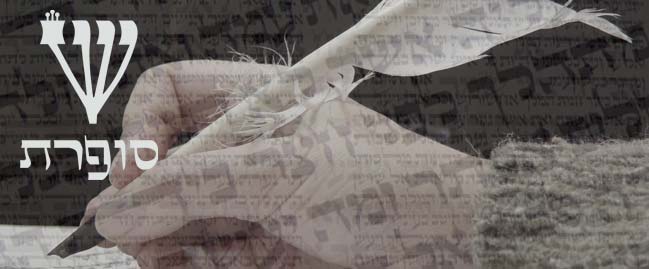NICE THREADS!
בס"ד
Menachot 43a states that Rav Yehudah attached tzitzit to the aprons of the women in his house.
Rambam Hilkhot Tsitsit 3:9 says that women and slaves who want to wrap themselves in tzitzit may do so without a brakhah. The same with other mitzvot from which we are exempt: if we want to perform them without a brakhah, one does not protest.
Fazonia, the first wife of Rabbi Haim ben Attar, wore talit and tefilin, as did Rabbi Haim's second wife. Hanna Rachel Werbermacher, the Maid of Ludomir, also did.
Some of the Rishonim, including Rashi and Rambam, said that women may choose to perform mitzvot from which we are exempt but we would do so without reciting a brakhah, since the brakhah's phrase "who has commanded us" would not apply. BUT, the largest group of sages of this period ruled that women may voluntarily perform mitzvot and recite the same brakhah as men. These sages include Rabbenu Tam (Rashi's grandson) and Rabbi Zerahia haLevi.
I can't help but wonder what influence Rabbeynu Tam's mother, Rashi's daughter, as well as Rashi himself, had on the blossoming Rabbi. I mean, if one grows up in a hosehold where a woman - your own mother & aunts - laying tefilin is normative, then how strict can your rulings be on these matters?














2 Comments:
Hi Aviel. I just found your blog. Thanks for the interesting blogging!
I was wondering -- do you have a source that says Rashi's daughters put on tefillin? I once asked a big Judaica scholar, who said as far as he knew, there are no sources from their time that say that.
Thanks,
Uri
בס"ד
Uri, shalom! Thanks for the compliment. A Tosefot on Talmud tractate Berakhot (?) is the source for Rashi's daughter(s) wearing tefilin.
Post a Comment
<< Home